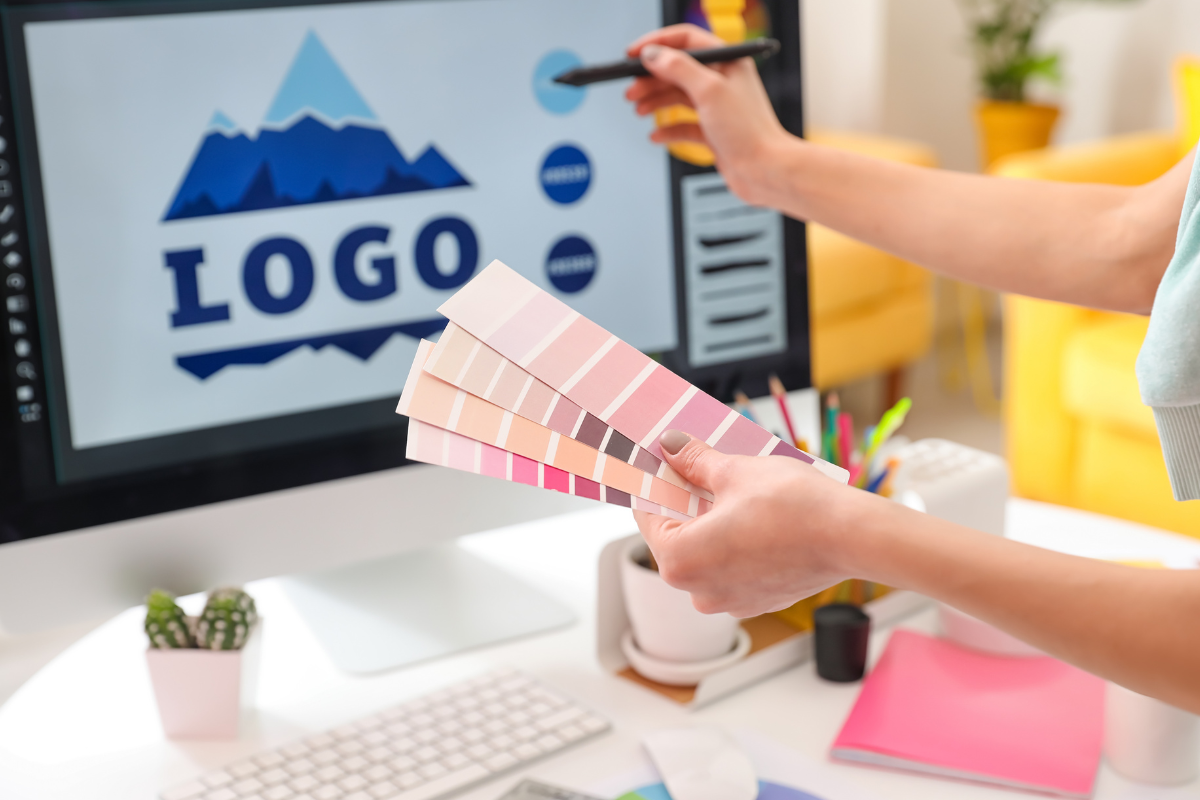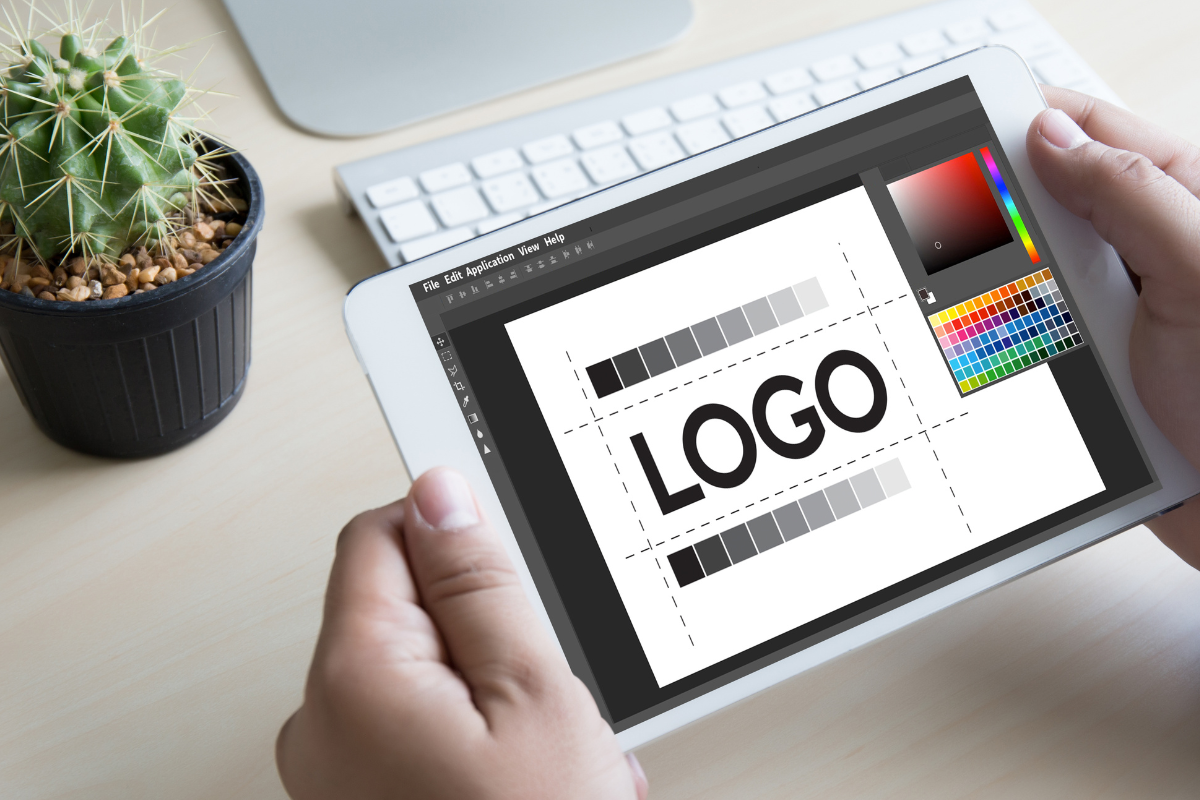Brand Colors Psychology: What Your Palette Says About Your Business

Your brand colors aren't just pretty decorations—they're powerful psychological triggers that influence how customers perceive your business. The right color palette can build trust, convey professionalism, and even increase sales. Here's what your colors are really saying about your brand.
The Science Behind Color Psychology
Colors trigger emotional responses in our brains within milliseconds. This isn't just marketing theory—it's backed by neuroscience. When someone sees your brand colors, they're making subconscious judgments about your trustworthiness, quality, and personality before they even read your content.
Studies show that color increases brand recognition by up to 80% and can influence purchasing decisions by 85%. That's why choosing the right palette isn't just about what looks good—it's about what works for your business goals.
What Each Color Communicates
Blue: Trust and Reliability
Blue is the most trusted color in business. It conveys stability, professionalism, and security. That's why you see it everywhere in finance, healthcare, and technology. Facebook, LinkedIn, and IBM all use blue to build trust with their audiences.
Best for: Professional services, healthcare, finance, technology, consulting
Red: Energy and Urgency
Red grabs attention and creates a sense of urgency. It's passionate, bold, and action-oriented. Red can increase heart rate and create excitement, which is why it's popular for sales, food, and entertainment brands.
Best for: Restaurants, retail, entertainment, fitness, emergency services
Green: Growth and Harmony
Green represents nature, growth, and prosperity. It's calming and suggests environmental consciousness and financial success. Green is also easier on the eyes, making it great for brands that want to appear approachable and sustainable.
Best for: Environmental services, financial services, health and wellness, organic products
Orange: Creativity and Enthusiasm
Orange combines the energy of red with the happiness of yellow. It's friendly, creative, and confident. Orange suggests innovation and affordability, making it popular with creative agencies and budget-friendly brands.
Best for: Creative services, children's products, sports, affordable brands
Purple: Luxury and Creativity
Purple has long been associated with royalty and luxury. It suggests sophistication, creativity, and premium quality. Purple can also convey mystery and spirituality, making it popular with beauty and wellness brands.
Best for: Luxury brands, beauty products, creative services, wellness, spirituality
Common Color Mistakes to Avoid
Using Too Many Colors
Your brand palette should have 2-4 colors maximum. More than that creates confusion and dilutes your brand message. Stick to one primary color, one secondary color, and 1-2 accent colors.
Ignoring Your Industry
While you want to stand out, completely ignoring industry color conventions can confuse customers. A bright pink law firm might get attention, but it won't inspire confidence in serious legal matters.
Not Considering Accessibility
Your colors need to work for everyone, including people with color blindness or visual impairments. Ensure sufficient contrast between text and background colors, and don't rely solely on color to convey important information.
How to Choose Your Perfect Palette
- Define your brand personality: Are you trustworthy and professional? Creative and fun? Luxurious and exclusive?
- Research your audience: What colors appeal to your target demographic? Consider age, gender, and cultural associations.
- Analyze your competition: What colors are they using? How can you differentiate while still fitting your industry?
- Test your choices: Show your palette to potential customers and get feedback on what emotions and associations it creates.
- Ensure versatility: Your colors need to work across all platforms—website, print, social media, and merchandise.
Putting It All Together
Remember, there's no "perfect" color for every business. The best palette is one that aligns with your brand personality, appeals to your target audience, and differentiates you from competitors while still fitting industry expectations.
Your brand colors will be one of the first things people notice about your business. Make sure they're sending the right message about who you are and what you stand for.
Ready to Create a Powerful Brand Identity?
Let's develop a complete brand strategy that includes the perfect color palette for your business. Get your free brand consultation today.
Get Your Free Brand Consultation
